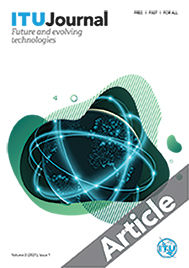 | As new networking paradigms emerge for different networking applications, e.g., cyber-physical systems, and different services are handled under a converged data link technology, e.g., Ethernet, certain applications with mission critical traffic cannot coexist on the same physical networking infrastructure using traditional Ethernet packet-switched networking protocols. The IEEE 802.1Q Time Sensitive Networking (TSN) Task Group is developing protocol standards to provide deterministic properties, i.e., eliminates non-deterministic delays, on Ethernet based packet-switched networks. In particular, the IEEE 802.1Qcc, centralized management and control, and the IEEE 802.1Qbv, Time-Aware Shaper (TAS), can be used to manage and control Scheduled Traffic (ST) streams with periodic properties along with Best-Effort (BE) traffic on the same network infrastructure. We investigate the effects of using the IEEE 802.1Qcc management protocol to accurately and precisely configure TAS enabled switches (with transmission windows governed by Gate Control Lists (GCLs) with Gate Control Entries (GCEs)) ensuring ultra-low bounded latency, zero packet loss, and minimal jitter for ST TSN traffic. We examine both a centralized network/distributed user model (hybrid model) and a fully-distributed (decentralized) 802.1Qcc model on a typical industrial control network with the goal of maximizing the number of ST streams.
|
|